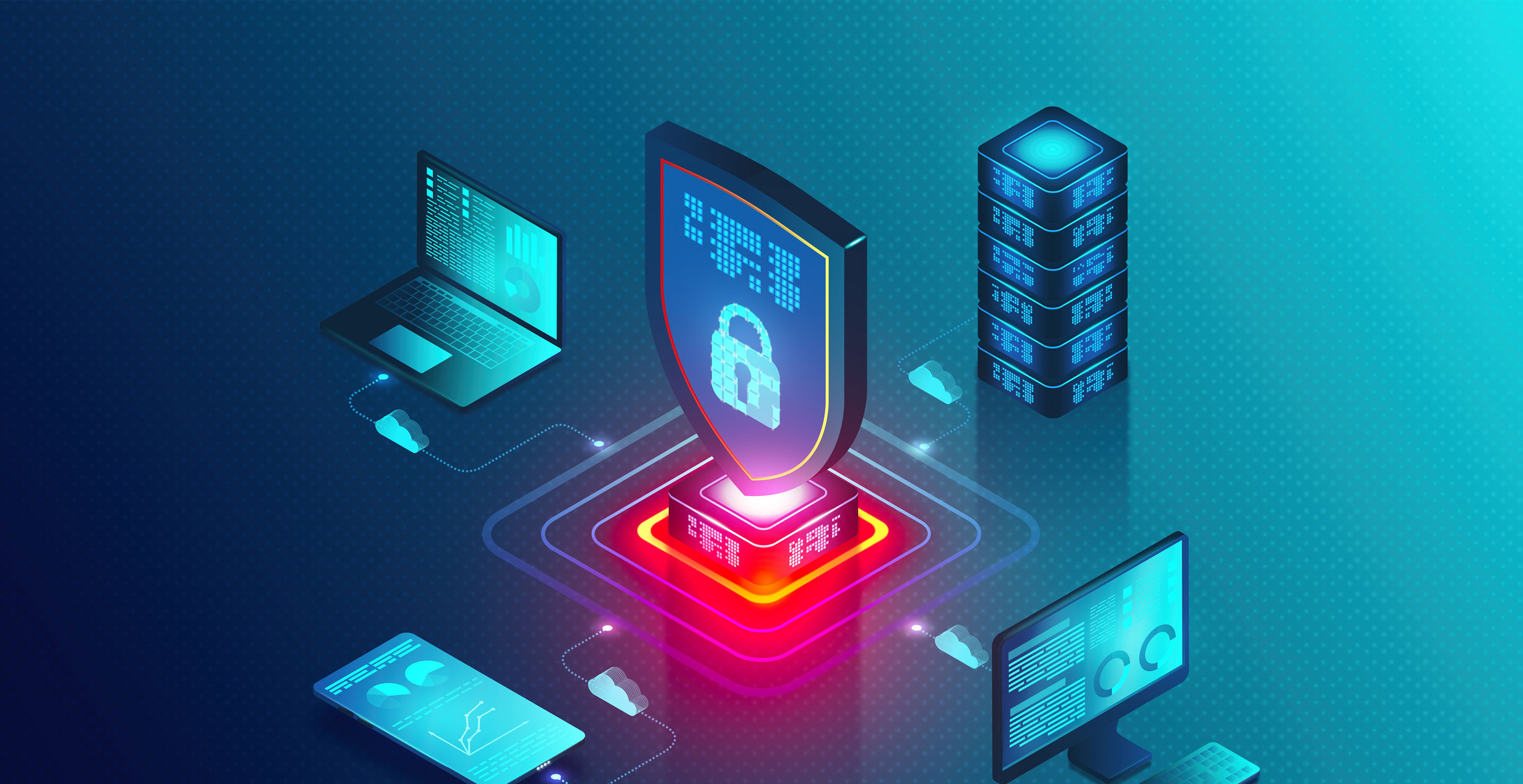Phishing attacks remain one of the most dangerous and common cybersecurity threats facing businesses today. Cybercriminals use these deceptive tactics to trick individuals into revealing sensitive information, such as passwords, financial data, or personal credentials. The cost of falling victim to phishing can be enormous, ranging from financial loss to long-term reputational damage. The good news? There are steps your business can take right now to avoid becoming the next target.
What is Phishing?
Phishing is a form of social engineering in which attackers impersonate legitimate institutions via email, phone, or text to lure individuals into providing confidential information. These scams often appear convincing, mimicking trusted brands or even internal company communications. Once a target is tricked into clicking a link or downloading an attachment, malicious software can be installed, or sensitive data can be stolen.
Red Flags to Watch For
Understanding the common signs of phishing can prevent your team from being duped. Be cautious of:
- Emails with urgent requests or scare tactics (“Your account will be locked!”)
- Unfamiliar sender addresses or domain names that look almost—but not quite—right
- Poor grammar or spelling mistakes
- Unusual file attachments or suspicious links
- Requests for personal or financial information
If an email seems off, it probably is.
Steps to Protect Your Business
- Employee Training Education is the first and most important defense. Train your team to recognize phishing emails and suspicious links. Conduct regular mock phishing exercises to test awareness and reinforce safe practices.
- Use Multi-Factor Authentication (MFA) MFA adds a layer of security by requiring a second form of identification. An attacker can’t gain access without the second credential, even if a password is compromised.
- Implement Email Filtering Tools Invest in email security solutions that detect and block phishing attempts. These filters can flag suspicious emails before they even reach an employee’s inbox.
- Keep Software Updated Regularly update all software, browsers, and plugins to reduce vulnerabilities. Many phishing attacks exploit outdated software with known weaknesses.
- Establish a Response Plan Even with precautions in place, a phishing attempt might succeed. Having a clear incident response plan can minimize the damage. This includes isolating affected systems, informing IT staff immediately, and reporting the breach to necessary authorities.
- Verify Requests Teach employees to verify financial or sensitive information requests—even if they seem to come from internal leadership. A simple phone call or face-to-face check can prevent a major breach.
Cyber threats are constantly evolving, but proactive steps can make a significant difference in protecting your business. Phishing attacks rely on human error, but training, awareness, and strong security practices can stop them in their tracks.
Looking to strengthen your cybersecurity strategy?
Managed Business Solutions offers comprehensive IT and data protection services, email security tools and system monitoring. Contact us today to learn how we can help protect your business from cyber threats.

